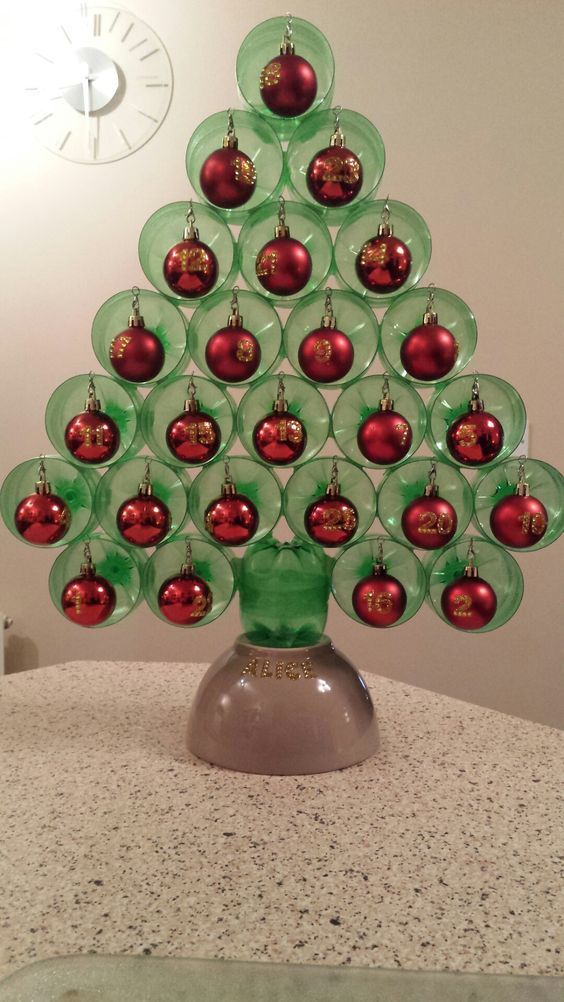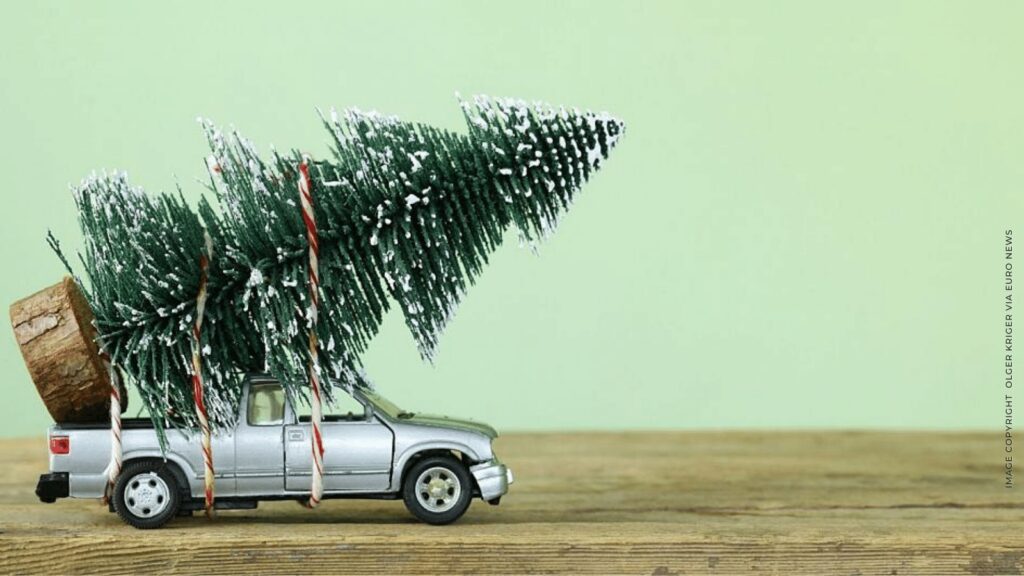Real vs artificial Christmas tree : there are many wondering about which type of tree is more sustainable and better for the environment. We have made a list and checked it twice.
Every year around the end of November to early Decemeber, christmas tree begin to be on a lot of people’s minds. Many of us are wondering about which trees are more sustainable and better for the environment. Here’s why choosing the right Christmas tree helps the planet and people.
The Evergreen Debate over Environmental Christmas Tree
Every year. Millions of people are wondering which trees should they choose for their home. Some people choose real trees, while some will choose artificial. Some even get into a debate. is it more sustainable and eco-friendly to cut down the real tree or is it better to buy an artificial tree that we can use again and again ? Do the artificial or real christmas have lower carbon footprint and less harmful to people ? ChangeMakrAsia decide to find out, make a list check it twice.
Is Real Tree have lower Carbon Footprint ?
Yes – only if you live in a cold-climate and real trees are locally sourced. However, if you live in tropical countries and has no winter, the process of transporting fresh tree to your house, keeping fresh until 25th December in 24/7 air-conditioned room, then it definitely rack up the hefty carbon footprint.
In 2009, Scientific American called out the real Christmas tree industry for greenwashing – ignoring pesticide use and carbon dioxide emissions from plantation management, harvesting, transporting and shipping.
Proper tree disposal of real Christmas tree is required to keep the carbon footprint low. According to Carbon Trust, a natural two-metre Christmas tree that does not have roots and is disposed of into a landfill after Christmas and holiday seasons produces a carbon footprint of around 16 kg of CO2. This is because the tree decomposes and produces methane gas, which is 25 times more potent as a greenhouse gas than carbon dioxide.
However if you burn your Christmas tree on the bonfire, plant it or have it chipped to spread on the garden, that significantly reduces the carbon footprint by up to 80% (around 3.5kg CO2e). Burning the tree emits the carbon dioxide that it stored up when it was growing so there’s no net increase.
So if you decided to choose real tree, your best option would be to buy a potted tree which can be replanted and re-used year after year. Alternatively, check your local authorities / parks or zoos if they have a scheme for composting trees to produce mulch / soil improver.

Artificial Tree Can have lower Carbon Footprint Too
Around two thirds of an average artificial Christmas tree’s carbon footprint is from the plastic (mostly PVC film) that it is made from, which is produced from carbon intensive oil.
The largest energy uses in artificial trees is in manufacturing. While many people think shipping artificial trees from factories in China takes a lot of energy, ocean shipping is actually becoming more efficient.
According to the American Christmas Tree association report, the environmental ‘break-even’point between real Christmas Tree and an artificial one was 4.7 years. In other words, if you choose to buy artificial trees, you would need to keep artificial trees for at least five years to offset the environmental impact of purchasing a real tree each year.
So if you already have an artificial tree at home you would need to re-use it for at least 10 Christmases to keep its environmental impact lower than that of a real tree.
Alternatively, you can find second-hand or thrifted artificial Christmas tree around your neighbourhood / city. You can also think outside the box. Make one yourself from house plants, driftwood, branches, offcuts or plastic waste ! Aspire for minimalism so your holiday season does not need to be wasteful.

The Tree Is Just A drop In the Bucket During Holiday Season
Look beyond your choice of Christmas tree. Your Christmas decorations, gift wrappers, and gift choices. Start decorating your house and wrapping your gifts in materials you already have instead of buying new decorations or disposable gift wrap. Afterall, there is no such thing as a bad Christmas tree.
Regardless your choice, the key is to shop locally, minimise driving/transporting and recycle the tree and keep it out of landfill for as long as possible.


